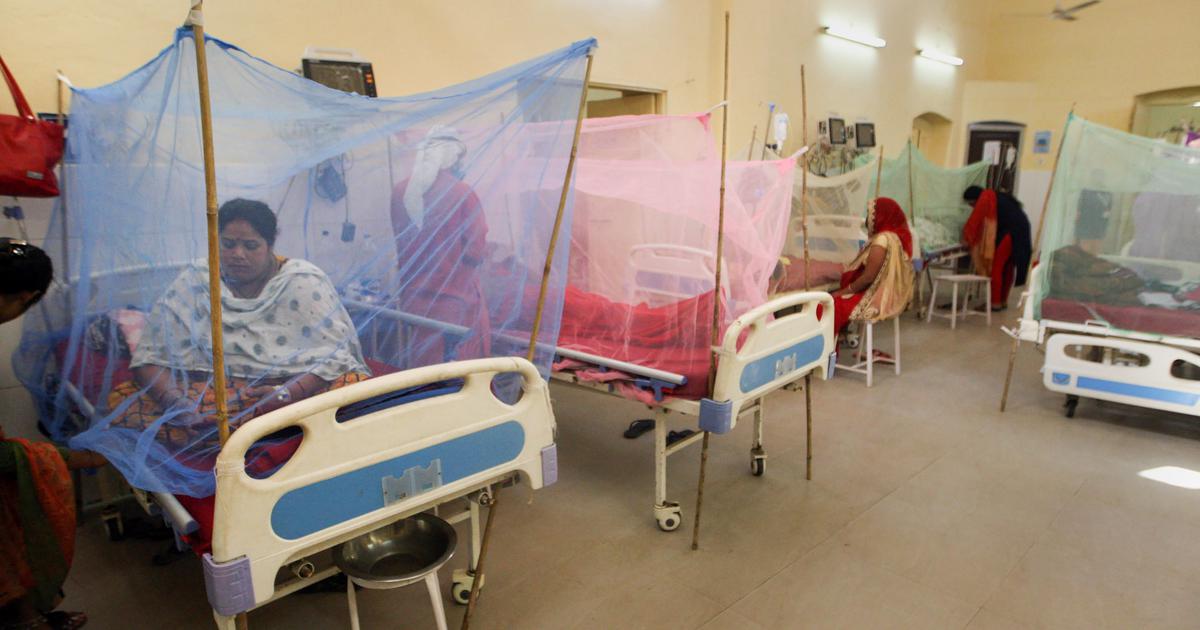High Costs, Low Confidence: Pakistan’s Economic Trap

Writer : Chaudhry Muhammad Sarwar
In much of the developed world, economic progress owes a lot to stable, business-friendly policies for trade and industry, transparent regulations, and reliable infrastructure. These enable companies to plan ahead, invest in industry, generate employment, export goods, and scale up businesses.
Developed economies have fixed principles which create a favourable environment for economic growth. These economies offer stable regulatory regimes, so that firms know that rules would not drastically change with each election or change of government. As a principle, tax rates—both corporate and indirect (VAT/sales taxes/etc.)—are kept at levels that allow profitability, but also ensure public services. Incentives and exemptions are used carefully, and applied uniformly.
We also find that these countries minimize administrative friction. There are fewer departments to deal with, digital and streamlined processes, low corruption and fast approvals for permits, trade licenses, customs, etc. They also have resilient supply chains to protect against any losses and provide insurance covers.
Also the energy costs are often stable, subsidized where needed, or they have diversified energy, renewables etc, to bring down cost curves. These are the general policies that allow trade and industry to grow, exports to be competitive, and for foreign investment to increase.
By contrast, Pakistan’s experience shows that continuing ineffective policy-design, instability coupled with the burden of energy tariffs and complicated tax regime are holding business and trade back, undermining growth and deterring foreign investment.
Pakistan’s standard corporate tax rate for most public and private companies is around 29%. There are also numerous other taxes, super-taxes, and levies. These increase costs and compliance burdens for businesses.
Taxes are also unpredictable with frequent changes. Dealing with tax departments is extremely cumbersome for all businesses. As the governor of Punjab I have dealt with thousands of complaints from all over the province of businessmen who sometimes want to give up their businesses because they get fed up dealing with scores of bureaucratic departments. It is a fact that there are too many layers of authorities overlapping jurisdictions, and often opaque or inconsistent enforcement.
Another deterrent for both domestic long-term investment and foreign direct investment is that policy tends to change whenever the government changes. Laws, regulations, tariffs, subsidies, and energy/power sector contracts often get renegotiated or reversed with each new government. This lack of continuity means investors cannot reliably forecast returns over the 5-10-15 year horizons needed for manufacturing plants, large industrial facilities, infrastructure, etc. The risk premium is high, so many prefer more stable jurisdictions.
Pakistan’s industrial sector is paying electricity rates that are almost double those in India, China, even the US for energy-intensive industries. The average rate in Pakistan in 2024 was about 13.5 US cents per kWh, compared with 6.3 cents in India/US, 7.7 in China, etc.
This is largely due to high “capacity payments” to Independent Power Producers (IPPs) which are being made, regardless of whether the plants are generating electricity or are shut down. Many of the contracts with IPPs are even tied to foreign currencies. These atrocious contracts are still continuing and the huge huge fixed costs are being passed through to helpless consumers. In FY 2023-24, capacity payments made up about 71% of the power purchase price, with only 29% being the actual energy cost. In FY 2024-25, Pakistan is estimated to pay Rs 2,091 billion in capacity payments to IPPs. These payments are projected to rise: to ~ Rs 2.8 trillion in the coming fiscal year (from ~ Rs 2.1 trillion). The burden on the people of Pakistan that are bearing the cost of the bad decisions of their governments is heartbreaking.
These electricity tariff rates are the reason that manufactured goods in Pakistan are less price-competitive relative to those from India, Bangladesh, China, Malaysia, etc.
Pakistan perpetually faces the ‘too much, too little’ phenomenon with regards to water. During the summer monsoon season, Pakistan experiences severe flooding. These rampant floods devastate vast areas, destroying lives and land, and causing billions of dollars in damage. But after the monsoons there are dry months and arid conditions where water becomes scarce and unavailable for irrigation.
The frequent disasters also become a deterrent for the foreign and local investment and are extremely detrimental to economic growth. Pakistan needs to invest massively in building better resilience for flood control in order to minimize loss and damage but also to ensure that there are enough reservoirs that can store the excess water and direct it to the underground aquifers for recharging of underground water.
In places where possible, run of the river dams must be built, which can be used to produce hydro electricity. India has been building these structures for decades and it is generating power from hundreds of such dams.
Despite the tall claims of the government, Pakistan is still facing weakening foreign investment inflows and reluctance among investors to commit to large, long-term investment. Political instability, law and order concerns, regulatory slippages, corruption, all add to the risk premium. Exporters in neighbouring countries – India, Bangladesh, Vietnam etc. – often have lower costs of electricity, lower compliance burdens, more stable policies.
If Pakistan is to get back on track, compete globally, and grow manufacturing, trade and foreign investment, it must restructure IPP contracts to reduce fixed capacity payments and link more payments to actual output. It should also massively invest in renewables (solar, wind), and cheaper hydro electricity.
The government must simplify the tax regime, lower corporate tax, digitize approvals and registrations and avoid frequent and sharp fiscal changes that hit businesses. There is also a need to Increase transparency in policy formation so that businesses can anticipate, plan and invest better.
Pakistan also must take advantage of the opportunities that are already available but underutilized. Pakistan was granted the GSP+ status on 1 January 2014 after an intense diplomatic campaign which was led by myself as the then Governor of Punjab. As a former UK parliamentarian I used my contacts in the EU parliament to build support for Pakistan’s application and coordinated between Pakistan and EU member states. I worked with the Ministry of Commerce and MOFA to ensure Pakistan’s compliance with the EU’s 27 required conventions. I presented Pakistan as a cooperative and reform-oriented country and successfully built the case for Pakistan’s economic stability in the EU parliament. .
Pakistan has since then, benefited significantly from GSP plus status, particularly in the textile and garment sectors. Before GSP+, Pakistan’s exports to the EU were around €4.5 billion in 2013 and by 2022 these had risen to over €7.5 billion, representing an increase of nearly 70% over the period with major markets including Germany, Spain, Italy, the Netherlands, and France. This has created hundreds of thousands of jobs, particularly for women in garment factories, helped many medium-sized manufacturers scale up production, upgrade machinery, and improve quality standards to meet EU requirements. But I believe that Pakistan has not been able to get maximum benefits from this opportunity because of the high cost of manufacturing here.
If Pakistan is able to bring down the manufacturing costs through cheaper energy tariffs then it can immensely increase its market in the EU alone. Economic growth is possible but it requires serious, sustained reforms, political will and strong leadership.

Punjab Moves to Ban TLP, Plans Arrest of Rizvi Brothers
22 minutes ago

United States Imposed New Sanctions on Russia, Says Trump
The United States has imposed new sanctions on Russia to pressure President Vladimir Putin to end the war in Ukraine.…
Israel Passes Bill to Annex Occupied West Bank Territory
The Israeli parliament has given initial approval to a controversial and illegal bill to annex the occupied West Bank. This…
PAF Chief Visits Romania to Boost Defence Ties
Rawalpindi: During an official visit to Romania, Air Chief Marshal Zaheer Ahmed Baber Sidhu, Chief of the Air Staff of…
“Iran Is the True Face of Terrorism, But the Door to Friendship Remains Open”
Washington — The White House has strongly reacted to remarks made by Iran’s Supreme Leader Ayatollah Ali Khamenei, who recently…

Rapid increase in HIV cases among children in Nawabshah
A serious health concern has come to light in Sindh, as officials have reported a rapid increase in HIV cases…
Dengue and Malaria Cases Continue to Rise in Interior Sindh
Dengue and malaria continue to spread rapidly across Hyderabad and several districts of interior Sindh, as hospitals remain flooded with…
An incident of violence against polio workers in Karachi
An incident of violence against polio workers in Karachi took place in FB Area Block 14, Goharabad. A team giving…
258 Prisoners in Balochistan Jails Suffer from TB, AIDS, and Hepatitis
A recent health report has revealed that 258 prisoners in Balochistan jails are suffering from TB, AIDS, and Hepatitis. These…

Pakistan Highlights Need for Strong Regional Transport Cooperation
ISLAMABAD: Deputy Prime Minister Ishaq Dar has emphasized that enhanced…7 minutes ago
Punjab Moves to Ban TLP, Plans Arrest of Rizvi Brothers
LAHORE: Punjab Information Minister Azma Zahid Bukhari announced on Thursday…22 minutes ago
Sindh CM Reviews Work on Engineering College, Medical Complex
KARACHI: Sindh Chief Minister Syed Murad Ali Shah chaired a…54 minutes ago
NCCIA Arrests Key Suspect in Global Child Exploitation Case
ISLAMABAD :The National Cyber Crime Investigation Agency (NCCIA) has arrested…1 hour ago
















